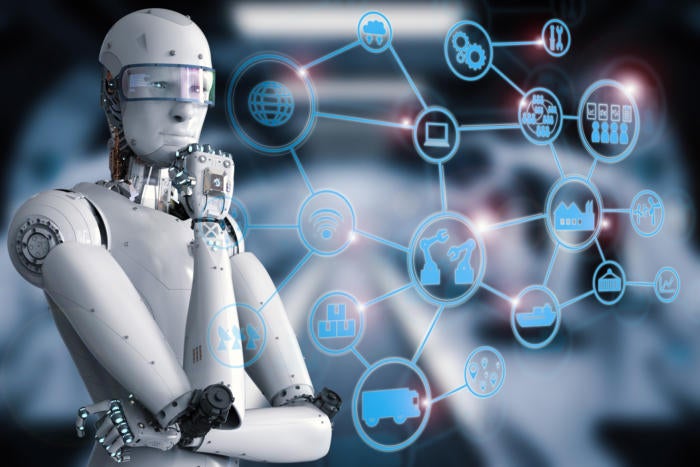
Ever since the inception of computers, there was exponential
rise of their usage across various fields. Artificial Intelligence is a branch
of Computer Science which deals with the process of creating machines or
computers that are as intelligent as real humans. In the words of John
McCarthy, ‘AI is the science and engineering of producing intelligent devices
and that too particularly intelligent computer programs.
AI works based on the observations from human brain’s
thinking pattern and by analyzing the way humans learn new things, make good
decisions and work while solving a complex problem. Once they gather these
data, they make use of the outcomes to develop intelligent systems and
software. The development of the field of Artificial Intelligence began with
embedding similar levels of intelligence in machines such as the one found in
human beings.
The 2 primary goals of AI are as follows:
i.
Creation of expert systems: These systems must be capable of exhibiting
intelligent behavior, learn, explain, demonstrate and offer advice to its
users.
ii.
Imparting human intelligence in machines: It involves developing systems that can
think, understand, learn and behave exactly like humans.
In general, AI can be explained as a combination of
different disciplines of science such as Biology, Computer Science,
Linguistics, Psychology, Mathematics, Linguistics and Engineering. One of the
major challenges of AI is creating computer functions associated with human
intelligence such as learning, reasoning and problem solving.
Artificial Intelligence finds its application in numerous
fields which are as follows:
- Natural Language Processing
It makes it possible to interact
with a computer system that could possibly understand normal language spoken by
us humans.
- Gaming
Already AI has started playing
vital roles in several strategic games such as poker, chess and tic-tac-toe
where the machines employ their heuristic knowledge to calculate large number
of possible game positions.
- Vision Systems
Such systems interpret, comprehend
and understand visual inputs on the computer. A few examples include clinical
expert system used by doctors, photographs taken by spying airplanes and the
computer software used by police officials to recognize the face of known
criminals.
- Expert Systems
Expert systems integrate software,
machine and special information to impart advising and reasoning. They offer
required information and detailed explanation to its users.
- Handwriting recognition
This kind of software is capable of
reading the text written on paper by a pen or on screen by a stylus. It
recognizes letter shapes and converts them into an editable text.
- Speech recognition
These are intelligent systems that
can hear and comprehend the language in terms of individual sentences and their
corresponding meaning from a human speech. They are equipped with special
features to handle slang words, background noise, strange accents and change in
sound pitch.
- Intelligent Robots.
These robots perform the tasks
assigned by humans. Their sensors can detect various physical data such as
heat, light, temperature, sound, movement, pressure and bump. Through their
multiple sensors, vast memory and efficient processors they exhibit incredible
levels of intelligence. Additionally, they can even learn from their past
mistakes and can easily adapt to a new environment.
Comments
Post a Comment